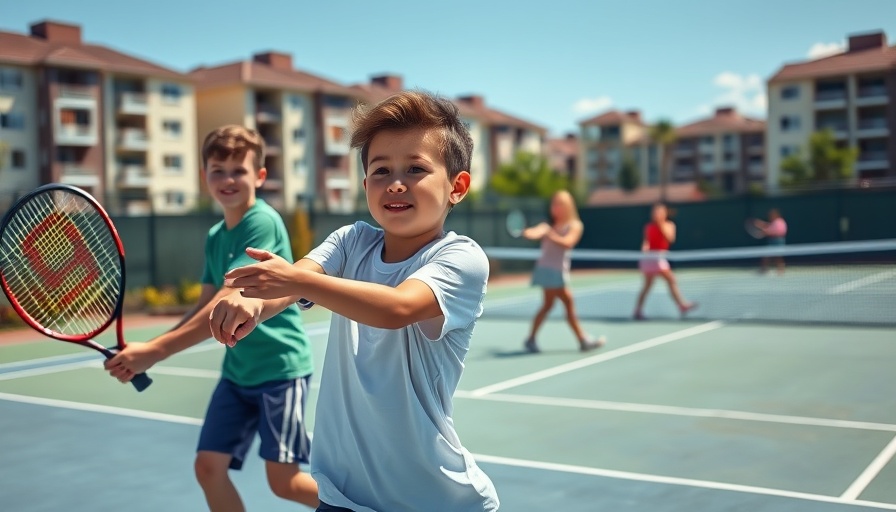
Mastering the Art of the Serve: It’s All About Position and Power
In the world of tennis, a powerful serve can mean the difference between winning and losing. According to recent advice shared by a seasoned coach, the serve isn’t merely about brute strength; it’s also about technique, position, and understanding your body’s mechanics at that pivotal moment of contact with the ball. This article takes a closer look at how players, especially young talent, can refine their serving technique to maximize their performance on the court.
In 'Unlock the Secret to a Powerful Serve,' a seasoned coach shares invaluable insights into mastering serving techniques, prompting us to dive deeper into the crucial elements of a strong serve.
The Science Behind a Successful Serve
Every great serve starts with a solid position. A critical cue is to achieve a tall stance just before making contact with the ball. This technique not only allows for better visibility of the court but also adds power to the serve. Coaches recommend that players focus on tossing the ball correctly, as this will positively influence the serve's angle and strength. Tossing the ball in front and slightly to the side ensures that players maintain a tall posture, which is crucial for executing various types of serves, including topspin and slice.
When to Use Different Serves
A well-strategized player knows when to utilize different types of serves. For example, the first serve is typically a powerful stroke aimed at overwhelming the opponent with speed. Conversely, the second serve may be more about placement and spin to ensure it lands within the service box. Mastering both serves requires a player to experiment during practice sessions to determine which technique works best under pressure. Competing against different opponents also yields valuable insights into serve effectiveness and adjustments needed based on their return skills.
Understanding the Mental Game of Serving
The psychological aspect of serving cannot be overstated. The moment a player tosses the ball, there’s a unique mental transition that occurs. Maintaining focus is vital, and players are encouraged to keep their heads up and eyes on the ball throughout the motion. This not only aids in making clean contact but also helps in preparing for the next shot. Maintaining your visual focus allows for better anticipation of the opponent's response, something that can create openings during rallies.
The Role of Physical Conditioning
Physical fitness plays a monumental role in serving strength. Players should incorporate strength and agility training into their routine to enhance their overall performance. This includes exercises that improve core strength, leg power, and wrist flexibility. When players condition themselves effectively, they can achieve greater explosive power during their serves, giving them an edge over their competitors.
Building Consistency Through Practice
To cultivate a powerful serve, consistent practice is non-negotiable. Coaches often emphasize drills that involve repetition, allowing players to fine-tune their technique without the pressure of live matches. Engaging in match simulations can help bridge the gap between practice and real-life outcomes, giving players confidence when facing opponents.
If you’re serious about climbing the ranks in tennis, remember that each detail matters. From your stance and toss to honing your mental game, perfecting your serve isn’t just about executing a strong stroke. It's a holistic approach that combines physical prowess with mental acuity.
 Add Row
Add Row  Add
Add 




Write A Comment